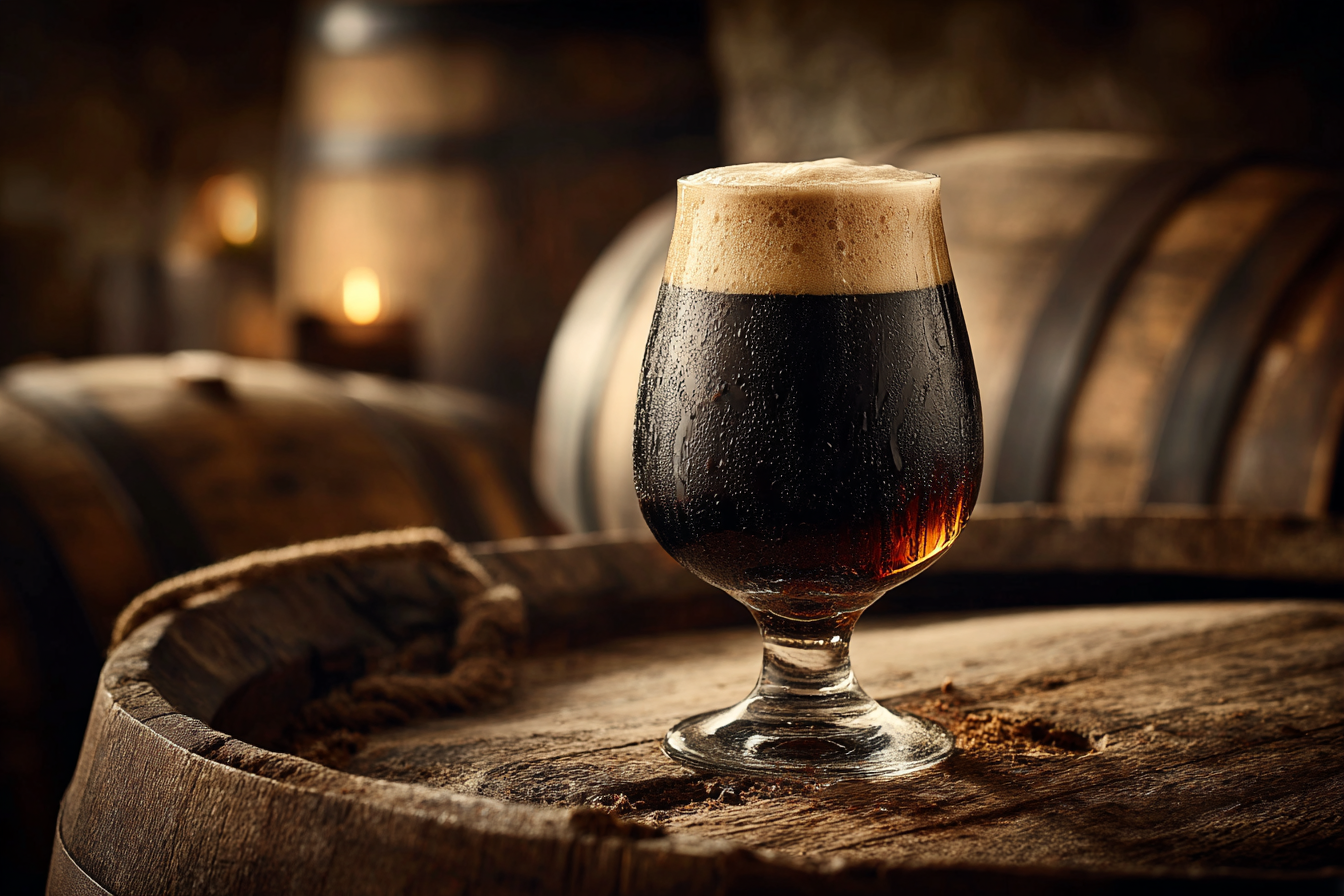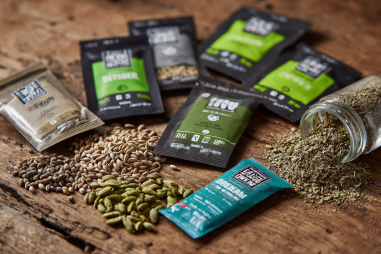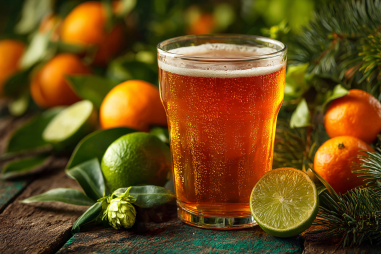Wood-aged stouts represent a fascinating intersection of craft brewing and traditional barrel aging techniques, creating a unique beer experience that captivates enthusiasts and curious drinkers alike. Unlike your typical stout, these beers undergo a maturation process in wooden barrels or casks, which imparts complex flavors, intriguing aromas, and a smooth finish. By exploring the wood-aged stout flavor profile, we can better appreciate what makes this style stand out in the crowded world of craft beers.
What Exactly Are Wood-Aged Stouts?
Wood-aged stouts are essentially stouts that have been aged in wooden barrels or casks, typically for several months or longer. The barrels are usually made from oak, but other wood types can also be used. This aging process allows the stout to absorb flavors from both the wood and any residual liquids that previously occupied the barrel—be it whiskey, bourbon, wine, or other spirits.
The result is a beer that carries more depth and nuance than a traditional stout, often with multiple layers of taste that reveal themselves over time. It’s not just a stout that’s been stuck in a barrel; it’s a flavor journey influenced heavily by the wood’s character and the aging environment.
How Wood Aging Influences Stout Flavors
The impact of wood aging on stout flavors is multifaceted. The porous nature of wood allows a small but significant exchange of oxygen and volatile compounds, encouraging subtle oxidation and maturation. This process smooths out harsher notes in the base stout and integrates flavors in a way that bottled stouts rarely achieve on their own.
Moreover, the barrels often contain traces of whatever beverage they formerly held, such as bourbon or wine. This adds in additional layers of flavor, contributing hints of smokiness, sweetness, or tartness. The interaction between the stout’s roasted malt character and the wood’s influence creates that signature wood-aged stout complexity that peat-forward malts and vanilla notes alone cannot replicate.
Common Flavor Notes Found in Wood-Aged Stouts
When you take a sip of a wood-aged stout, several distinct flavors often present themselves. These notes are a hallmark of the wood aging process combined with the stout’s inherent characteristics:
- Vanilla: Oak barrels, especially new or charred ones, commonly impart vanilla sweetness, adding a creamy richness to the beer.
- Caramel: The interaction between wood sugars and the stout’s malt body often brings forward luscious caramel undertones.
- Oak: Naturally, the presence of the wood itself adds a distinct earthy, woody flavor that can range from mild to robust, depending on barrel age and type.
- Spices: Some barrels lend subtle spicy accents — think cinnamon, clove, or nutmeg — which complement the stout’s roastiness.
- Smoke and Toast: Depending on barrel treatment, smoky notes can enliven the stout, adding complexity.
- Chocolate and Coffee: These traditional stout flavors remain prominent and harmoniously blend with the wood’s character.
These flavors combine to create a multi-dimensional tasting experience that evolves from the first sip through the finish.
The Role of Different Wood Types in Flavor Profile
While oak is the most common wood used for aging stouts, the type and origin of the wood can dramatically influence the final flavor.
American Oak
American oak tends to be bolder, imparting stronger vanilla, coconut, and caramel notes. It often results in a pronounced sweetness with noticeable wood spice, making the stout feel warmer and richer.
French Oak
French oak barrels are generally tighter-grained and provide a subtler and more refined influence on the beer. They contribute elegant tannins and a softer spice character, with less aggressive vanilla than American oak.
Other Wood Types
Less commonly, stouts might be aged in barrels made from cherry, chestnut, or even maple wood. These offer unique flavor twists — cherry barrels might add fruity sweetness; chestnut can lend nuttiness and a dry mouthfeel; maple could introduce mild sweetness and syrupy hints.
In some experimental brews, stouts are also aged in barrels previously holding sherry, port, or rum, which complement and extend the flavor profile.
Tasting Tips to Identify Key Flavor Characteristics
If you want to truly appreciate a wood-aged stout’s profile, here are some pointers to guide your tasting experience:
- Use the right glass: A wide, tulip-shaped glass helps concentrate aromas and allows you to observe color variations.
- Look: Wood-aged stouts typically pour dark, often with a thick tan or brown head. Observe clarity and color depth.
- Smell: Take a deep sniff and try to distinguish vanilla, oak, caramel, or spicy notes apart from the classic roasted malt aromas.
- Sip slowly: Let the beer roll over your tongue and note how the initial flavors transform to reveal underlying wood, spice, or even fruit notes.
- Focus on the finish: Wood-aged stouts usually end with a lingering, smooth finish featuring mild tannins or warmth from residual spirit notes.
- Pair mindfully: Sample with complementary foods like dark chocolate, smoked meats, or aged cheeses to amplify the wood-induced flavors.
Popular Wood-Aged Stout Examples
Several breweries have made a name with their exceptional wood-aged stouts, bringing unique takes on this beloved style:
- Founders Brewing KBS (Kentucky Breakfast Stout): A bourbon barrel-aged stout with rich chocolate, coffee, and vanilla notes.
- The Bruery Black Tuesday: An intense imperial stout aged in bourbon barrels, known for strong oak, spice, and caramel complexities.
- Goose Island Bourbon County Stout: A pioneer in barrel-aged stouts offering a smooth combination of roasted malt, bourbon, and vanilla flavors.
- Rogue Dead Guy Ale Barrel-Aged Variants: Variations of this stout aged in whiskey barrels that showcase smoky and woody aspects.
- Oskar Blues Barrel-Aged Ten FIDY: A powerful stout with layers of oak, caramel, and subtle spices derived from wood aging.
Exploring these examples will give you a good sense of the diversity and depth available in wood-aged stouts.
Developing an Appreciation for Wood-Aged Stout Flavors
Wood-aged stouts invite drinkers to explore a world beyond the basic stout experience. Their richness, complexity, and evolving flavors make them rewarding to sip thoughtfully, whether you’re a seasoned beer lover or a craft beer newcomer. Understanding how wood aging shapes these flavors enhances your enjoyment, unveiling the craftsmanship behind each batch and the transformative power of wood as an aging medium.
Next time you encounter a wood-aged stout, slow down and savor the journey — the marriage of oak, malt, spices, and subtle spirit notes creates a truly memorable beer experience that stands out in the vibrant landscape of craft brewing.







